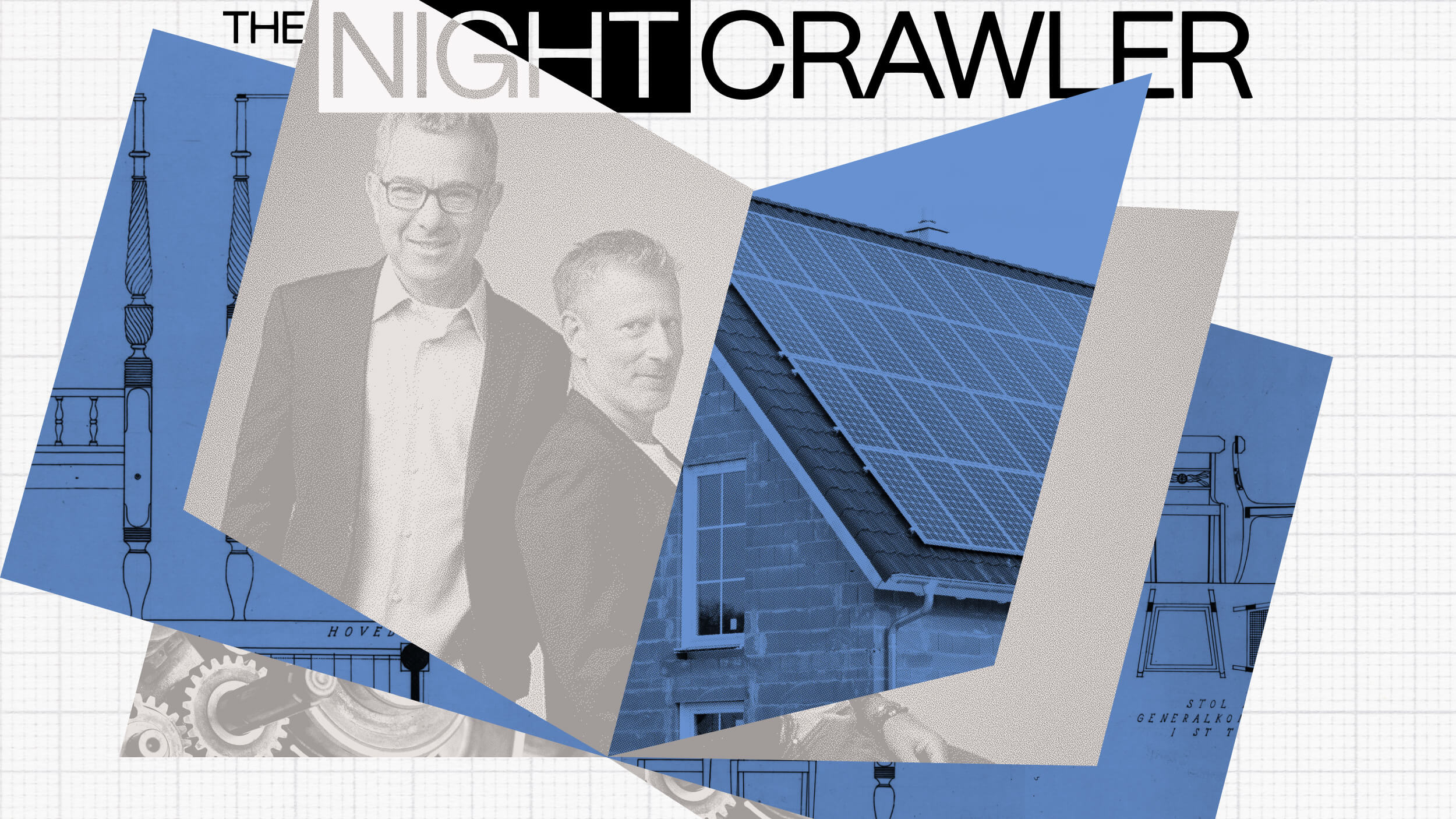Joel E. Cohen is a mathematical biologist and Professor of Populations at Rockefeller and Columbia Universities. His research deals with the demography, ecology, epidemiology and social organization of human and[…]
Sign up for Big Think on Substack
The most surprising and impactful new stories delivered to your inbox every week, for free.
Each of us consumes energy at a rate roughly equivalent to a 100-watt bulb. But, given the amount of energy that goes into maintaining domestic farm animals, and the inanimate energy we produce, “you should think of each person you see as a parade of 25 people.”
Question: How much energy do humans consume?
Joel Cohen: Well, the average number of calories that we eat per day is about 2,100 kilocalories per day. Okay? And that's energy per unit time, kilocalories per day. So energy per unit time is what we call power in physics. Not the Washington DC kind of power, but power for physicist is how much energy are you burning up per unit time? And if you calculate how much that works out to, it's the same thing as a 100 watt bulb. So a watt is a joule per second and if you calculate how many joules your burn up in a day at 100 watts, that works out to be 2100 kilocalories per day. So if you have, like if there are three people in the room and it gets warm, it's because they're generating 300 watts of heat, it's like having a 300 watt bulb going on. So if you multiply 100 watts by 6.8 billion, which is the number of people on the planet, you find out that the whole power generation of the human species is about .68 terawatts, okay? A terawatt is a lot of watts. Let's see, there's kilowatts, megawatts, gigabytes, gigawatts, and then terawatts, so it's a lot.
So our domestic, just to finish the thought, our domestic animals, if we are .68 terawatts, our domestic animals are about twice that. So that makes it about 1.4 terawatts. And then if you look at all of the domestic, all of the inanimate energy that people produce, it's about 15 terawatts. So you should think of each person you see as a parade of 25 people. First there's the person and that person's energetic consumption, immediately behind are two people who represent the domestic animals on average that that person is responsible for. And after that, there are 22 more people who represent the inanimate energy, okay? So 1 plus 2 plus 22 is 25, so why are we transforming the earth? Because we have 7 billion people, but each of them has 25 shadows, energetic shadows, so it's the same as if were covered with 175 billion people. That's how we are transforming the earth. And the animals are a part of that, they're the equivalent of two of those people
Joel Cohen: Well, the average number of calories that we eat per day is about 2,100 kilocalories per day. Okay? And that's energy per unit time, kilocalories per day. So energy per unit time is what we call power in physics. Not the Washington DC kind of power, but power for physicist is how much energy are you burning up per unit time? And if you calculate how much that works out to, it's the same thing as a 100 watt bulb. So a watt is a joule per second and if you calculate how many joules your burn up in a day at 100 watts, that works out to be 2100 kilocalories per day. So if you have, like if there are three people in the room and it gets warm, it's because they're generating 300 watts of heat, it's like having a 300 watt bulb going on. So if you multiply 100 watts by 6.8 billion, which is the number of people on the planet, you find out that the whole power generation of the human species is about .68 terawatts, okay? A terawatt is a lot of watts. Let's see, there's kilowatts, megawatts, gigabytes, gigawatts, and then terawatts, so it's a lot.
So our domestic, just to finish the thought, our domestic animals, if we are .68 terawatts, our domestic animals are about twice that. So that makes it about 1.4 terawatts. And then if you look at all of the domestic, all of the inanimate energy that people produce, it's about 15 terawatts. So you should think of each person you see as a parade of 25 people. First there's the person and that person's energetic consumption, immediately behind are two people who represent the domestic animals on average that that person is responsible for. And after that, there are 22 more people who represent the inanimate energy, okay? So 1 plus 2 plus 22 is 25, so why are we transforming the earth? Because we have 7 billion people, but each of them has 25 shadows, energetic shadows, so it's the same as if were covered with 175 billion people. That's how we are transforming the earth. And the animals are a part of that, they're the equivalent of two of those people
▸
3 min
—
with





